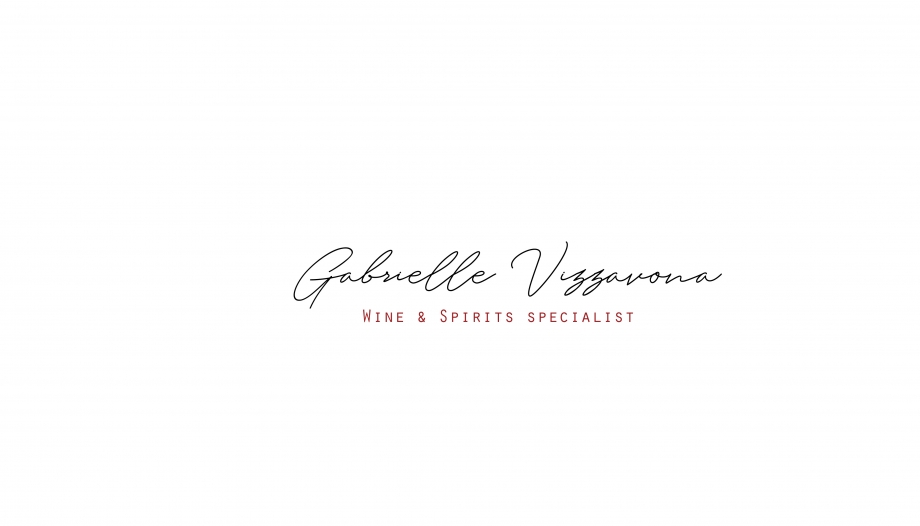2019 harvest – small in quantity, but great in quality
At 1.2 million hectolitres, the 2019 vintage is the smallest harvest by volume since 2003. Compared with 2018, it is down an estimated 35%. The usual suspect, the weather, unleashed its fury on the region with a combination of spring frosts, challenging flowering and summer heat wave. The impact of these unpropitious conditions, however, will be limited on the back of 2017 and particularly 2018, which replenished wineries and allowed winegrowers to put aside some reserve inventories. “This is a low average, but we are in a position to supply our markets”, said a rational Louis-Fabrice Latour, chairman of the BIVB (The Bourgogne Wine Board ) and CEO of negociant company Louis Latour. Despite lower quantities, global warming made it easier for fruit to ripen and the closing decade produced several top vintages. “There is real enthusiasm for terroir-driven winegrowing. Quality is pivotal to the popularity of wines from our region and aligns with demand”, continues Latour. New markets, such as Asia, are finally turning to Bourgogne, bringing with them lots of inquisitive, enthusiastic consumers. China, for instance, which once took a back seat among the region’s export markets, is starting to take an interest in Bourgogne, despite its great complexity. This is evidenced by the 40.2% increase by volume and 29.6% rise by value in exports over the first eight months of 2019. “Chinese consumers are looking for different tastes, and Bourgogne is the natural next step after Bordeaux. This partly implies a better understanding of the grape variety”, says Guillaume Deglise, CEO of Maison Albert Bichot.
Record export revenue, vigilance and opportunities
It’s “nothing but blue skies” with exports breaking through the incredible one-billion-euro barrier over the past twelve months. But beware the dangers of complacency. Opportunity and risk can grow from the same roots – there is a global thirst for Bourgogne and volumes are limited. An imbalance between supply and demand can lead to renewed price increases and speculation. Bourgogne must remain vigilant. “We need to avoid Bourgogne being slightly too arrogant and expensive. We are fully aware of that and we know what has to be done”, warned Latour. “Winegrowers must understand that the market will not be able to accept unreasonable price hikes, even when quantities are low. We have to just weather the storm”, adds Deglise. Market prices of Bourgogne wines have already risen considerably over the past ten years. Winery prices have doubled in a decade. Red Bourgogne, which traded for 500 euros a barrel in 2009, now costs 1,000 euros. The challenge is to rein in speculation, which is difficult to avoid for the great and first growths. There is an opportunity to revitalise the regional appellations and ‘climats’ in the Côte Chalonnaise and Mâconnais which, by comparison, are extremely enticing for wine enthusiasts. The regional appellation Bourgogne is gaining traction, so too are the village appellations in the Côte Chalonnaise (spearheaded by Mercurey). Crémant de Bourgogne is riding the crest of the sparkling wave and successfully making inroads in overseas markets. In the United States, it grew by 21.2% by volume and 18.1% by value over the first eight months of 2019.
Uncertainty in America
Of all the French wine regions, Bourgogne has the highest export rate with 55% of its volumes shipped abroad. In 2019, the United States confirmed and strengthened their ranking as the leading market for Bourgogne, accounting for 24% of its exports and posting a significant 6.1% rise in volume and 8.2% gain in value over the first eight months of the year. However, political and economic instability in the country has many a winegrower petrified. The impact of taxes introduced by Trump is starting to filter through to the American marketplace and that is a serious cause for concern. “A lot of distributors have cancelled orders so that they don’t have to pay the tax. Consequently, volume shipments to the United States in November dropped by 13%”, recounts Latour.
Although Bourgogne is at the pinnacle of its appeal, it is essential for prices to be reined in to avoid too big a disconnect between pricing and the marketplace, especially at a time when there are still so many unknowns.
